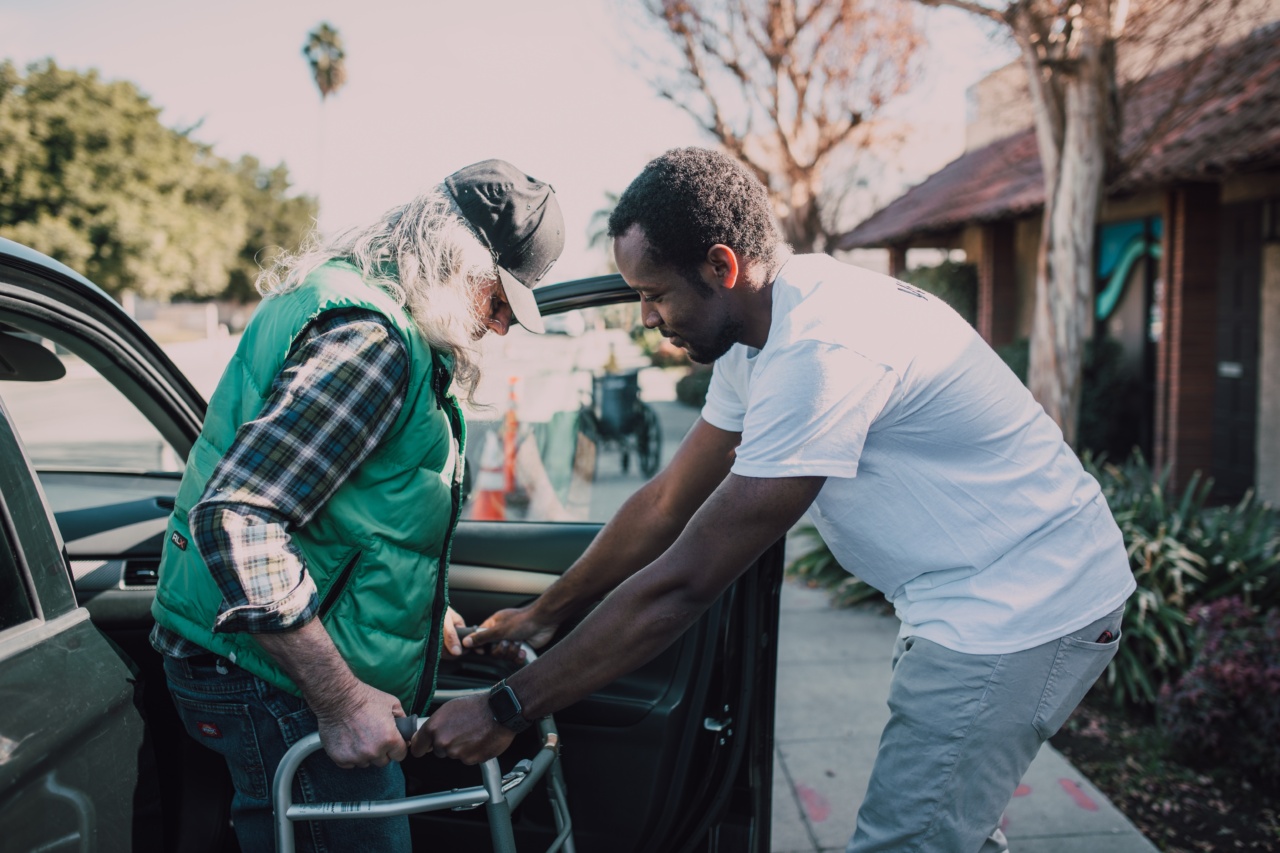Socialization plays a crucial role in a dog’s life, as it helps them develop the necessary skills to interact with other dogs, animals, and humans.
Dogs that fail to socialize properly may display various behavioral issues, including fear, aggression, and anxiety. As responsible pet owners, it is our duty to help these dogs overcome their socialization challenges and create a happy and well-adjusted life for them.
In this article, we will explore effective strategies and tips to assist dogs that have failed to socialize.
Understanding the Importance of Socialization
Socialization is the process of exposing dogs to different environments, people, animals, and situations to ensure they are comfortable and confident in various social settings.
It helps puppies and young dogs build positive associations, learn appropriate behavior, and develop emotional resilience. Proper socialization during the critical developmental period (between 3 and 14 weeks of age) is essential for raising a well-rounded and emotionally stable adult dog.
Identifying Signs of Failed Socialization
It’s important to recognize the signs that indicate a dog has not been adequately socialized:.
- Excessive fear or anxiety in new environments or situations
- Aggression towards unfamiliar dogs, animals, or people
- Excessive barking, growling, or snapping
- Being overly submissive or fearful
- Avoidance or hiding behavior in social situations
If your dog exhibits any of these signs, it is crucial to start implementing socialization strategies to help them overcome their fears and anxieties.
Gradual Exposure and Positive Reinforcement
When helping a dog that failed to socialize, it is essential to introduce them to new experiences gradually. Rushing the process may overwhelm the dog and further reinforce their fears.
Begin by exposing them to low-stress situations where they can slowly build confidence and positive associations. Use treats and praise to reward calm and relaxed behavior, creating positive reinforcement for interacting with new environments, people, and dogs.
Professional Training and Behavior Modification
In cases where a dog’s failed socialization is severe or leading to aggressive behavior, seeking professional help from a certified dog trainer or behaviorist is highly recommended.
These professionals have the expertise and experience to assess the dog’s behavior, identify underlying issues, and develop a tailored training and behavior modification plan to help the dog overcome their fears and anxieties.
Slow Introduction to Other Dogs
When introducing a socially challenged dog to other dogs, it’s crucial to do so in a controlled and supervised environment. Begin by introducing them to well-behaved and calm dogs who are known for their friendly and patient nature.
Gradually increase the exposure, always monitoring the dog’s body language and ensuring all interactions remain positive. Dog parks should be avoided until the dog has shown significant progress in socialization.
Positive Associations with New Environments
Helping a dog associate positive experiences with new environments is crucial for their socialization. Take your dog to different places, such as parks, cafes with dog-friendly patios, or walking trails.
Start with quieter environments and gradually expose them to busier places. Always provide treats, praise, and playtime in these environments to help the dog develop positive associations and alleviate their anxieties.
Desensitization and Counterconditioning Techniques
Desensitization and counterconditioning are effective techniques used by professionals to help dogs with failed socialization.
These techniques involve exposing the dog to the source of their fear or anxiety in a controlled and gradual manner while simultaneously associating the experience with something pleasant, such as treats or play. With time and patience, the dog learns to associate the previously feared stimulus with positive emotions.
Patience, Consistency, and Positive Reinforcement
Success in helping a dog that failed to socialize heavily relies on patience, consistency, and positive reinforcement. It’s important to remember that progress may be slow, and setbacks may occur along the way.
Celebrate even the smallest victories and continue working with your dog consistently. Create a routine and stick to it, providing ample positive reinforcement for desired behavior. With time and effort, most dogs can overcome their socialization challenges and lead fulfilling lives.
Seeking Support from Supportive Communities
Remember, you are not alone in your journey to help your dog. Seeking support from supportive communities, such as dog training groups, online forums, or local pet organizations, can provide valuable advice, encouragement, and resources.
Connecting with others facing similar challenges can boost your motivation and provide you with new ideas to try.
Conclusion
Socialization is a critical aspect of a dog’s development, and dogs that failed to socialize properly may face various behavioral challenges.
However, with the right strategies and consistent effort, these dogs can overcome their fears and anxieties, leading to a happier and more fulfilled life. Remember to always implement gradual exposure, positive reinforcement, and seek professional help when necessary. Most importantly, be patient, show consistency, and celebrate every step forward in your dog’s socialization journey.


























